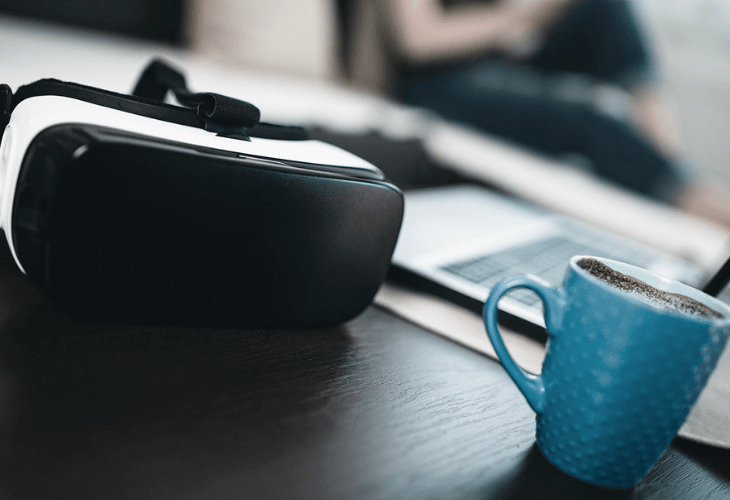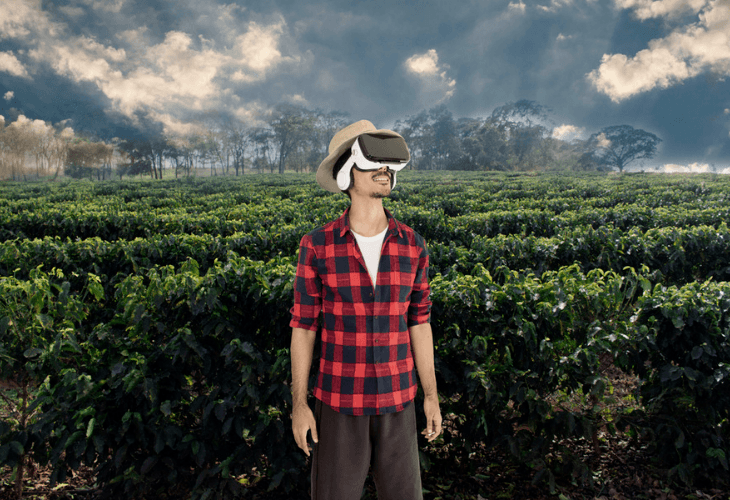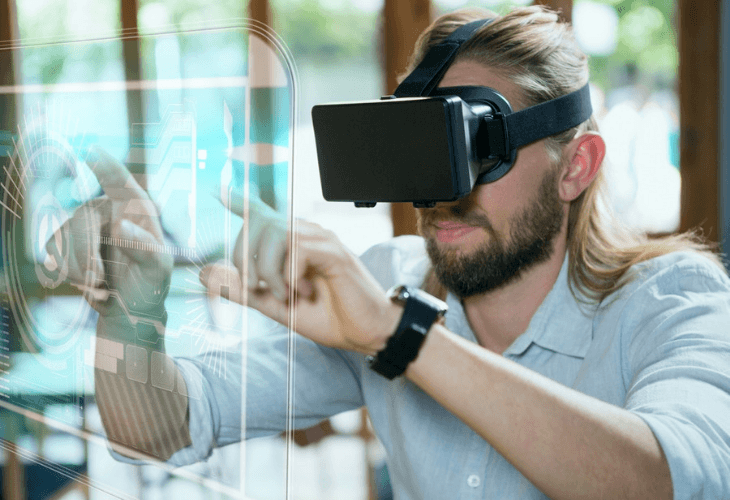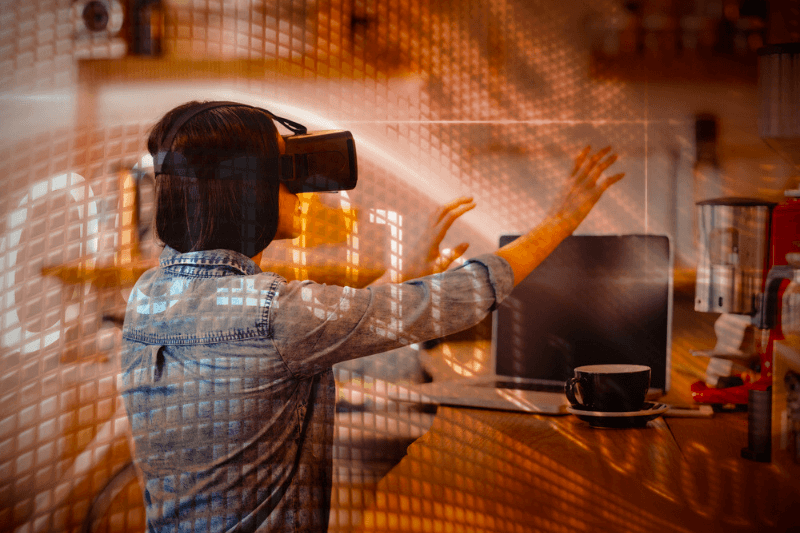Virtual reality is being used by coffee producers and coffee shops to offer an immersive experience, as well as to share information about their business practices, and it’s proving to be an effective marketing tool. The world of coffee isn’t the first to use of technology in this way. VR is affecting many other industries and is becoming a widely used tool in marketing and improving the user experience.
Incorporating AI into surprising places like coffee shops isn’t a new concept. In fact, technology is transforming many industries across many demographics, and it’s changing the way they all function in both big and small ways.
For example, in the music education field, iPad's are creating a positive impact by allowing students in under-served communities’ easier access to an education. Alternative modes of AI are being used in places like the accounting industry as well, transforming the way accountants do all aspects of their job.
These advancements in AI technology are having such a huge and positive impact on how companies operate, on what our job roles look like, and how we market in a consumer-driven market, that it’s really no surprise they’re even expanding into the most unexpected of places, like our local coffee shops.

Why Mix Tech and Coffee?
Many companies are looking for new ways to be more innovative and get a leg up on the competition. Utilizing technology to do so opens up a number of ways to engage customers that marketers have been unable to achieve until now.
Starbucks is known for being revolutionary in the coffee business — from corporate social responsibility to fair trade practices, they are the leaders in their field. The latest Starbucks innovation has taken place in a store in Shanghai, which is the city with the largest number of Starbucks storefronts in the world. It is also the second location to house a roastery.

The entire store (pictured above) is meant to appeal to the senses. Before you even have the opportunity to walk in the door, you are overtaken by the smell of roasting coffee beans. Inside, a large copper cask, two stories high, is a visual delight.
Hand-carved Chinese characters all along the outside of the cask tell the creation story of the Starbucks Empire. There are three separate coffee bars within the building, including a 3-D printed tea bar.
They utilize augmented reality to bring the entire experience to life. Using the roastery digital app, you can point at different areas of interest within the store to learn more about what you are seeing in front of you. Within the app you can earn a badge to share on social media, as well as purchase coffee online to be delivered to you at your leisure.

VR and Marketing
VR is having an impact on marketing research and has become a powerful marketing tool. The use of VR can reduce the amount of money companies spend on market research.
Additionally, VR is going to be worth $30 billion in sales revenue by 2020. Noting consumer preferences can be done in ways that have never been available before when using VR. It provides real-time data about consumers, which marketers can then analyze to determine why they made the choices they did after the VR session.
The key to successful marketing is understanding your audience. Many consumers, in general, have become more concerned with the origin of the products they purchase. Conscious consumers are choosing to only invest in companies that have sustainable business practices at the forefront of their mission and values.
As a result, Nescafe and Google have partnered to share a VR experience to better understand where their coffee originates from. Google Viewer, in combination with a mobile app, takes you to the fields of Brazil to see where and how coffee beans are grown.
Google has created a Nescafe-branded cardboard viewer that slides over your phone and works with the app to deeply immerse you in the experience. This is meant to appeal particularly to millennial's, who are more apt to engage with brands on their phones than traditional advertising.

What Does the Future Hold?
It is not unrealistic to imagine tech companies being able to give us the full experience of a coffeehouse without ever leaving the comforts of our houses in the near future. In fact, a coffeehouse in Santa Monica, California called goodboybob is doing just that. You do have to leave your house to use the VR equipment at the coffee shop, but your experience is a blend of half reality, half VR.
The idea was conceptualized by Erich Joiner, the co-founder of ad agency and virtual reality innovators, Tool of North America. Joiner partnered with Tyler Wells, a coffee consultant, as well as Commonwealth Coffee Roasters co-founder Ryan Fisher, to develop this new idea. The concept was meant to meld the best of both worlds for VR and coffee lovers to enjoy.
The use of VR manipulates our senses and allows us to be immersed in an artificial world. In addition to engaging us with video and audio, some VR companies have included air blasts that accompany the sights and sounds to heighten the experience — stirring the sense of touch and making you feel as if you are in a completely different environment.

For someone that loves to work or spend time in coffee shops to feed off the energy of others, goodboybob retains the coffeehouse feel. You still get to order and enjoy your coffee or tea before settling in behind a set of VR goggles. With the warmth of the cup in your hands and your other senses being taken to another reality, it is an overall captivating experience. It is the hope of the creators that, after the experience, you will re-engage with others to share your enthusiasm.
Will the Consumers Consume?
The projections which have been made are based on the premise that consumers will continue to evolve with the latest technology to hit the market. What some companies may fail to realize is the deep obsession that consumers have with coffee.
Finding a substitute for a slow morning wrapped around a hot, perfectly crafted cup of coffee simply cannot be beat. Perhaps that is the ultimate goal of the tech industry — to recreate the moments that we cherish in this life and sell them to us at a nominal fee.
Early adopters of VR will have the opportunity to engage with cutting-edge experiences. However, VR companies measuring their offerings up to the perfect cup of coffee may be misguided. The technology will likely augment the coffeehouse experience — not replace it.




